In this article:
Constant pain in any part of the body can interfere with your daily activities. It is the leading cause of disability worldwide and affects many people.
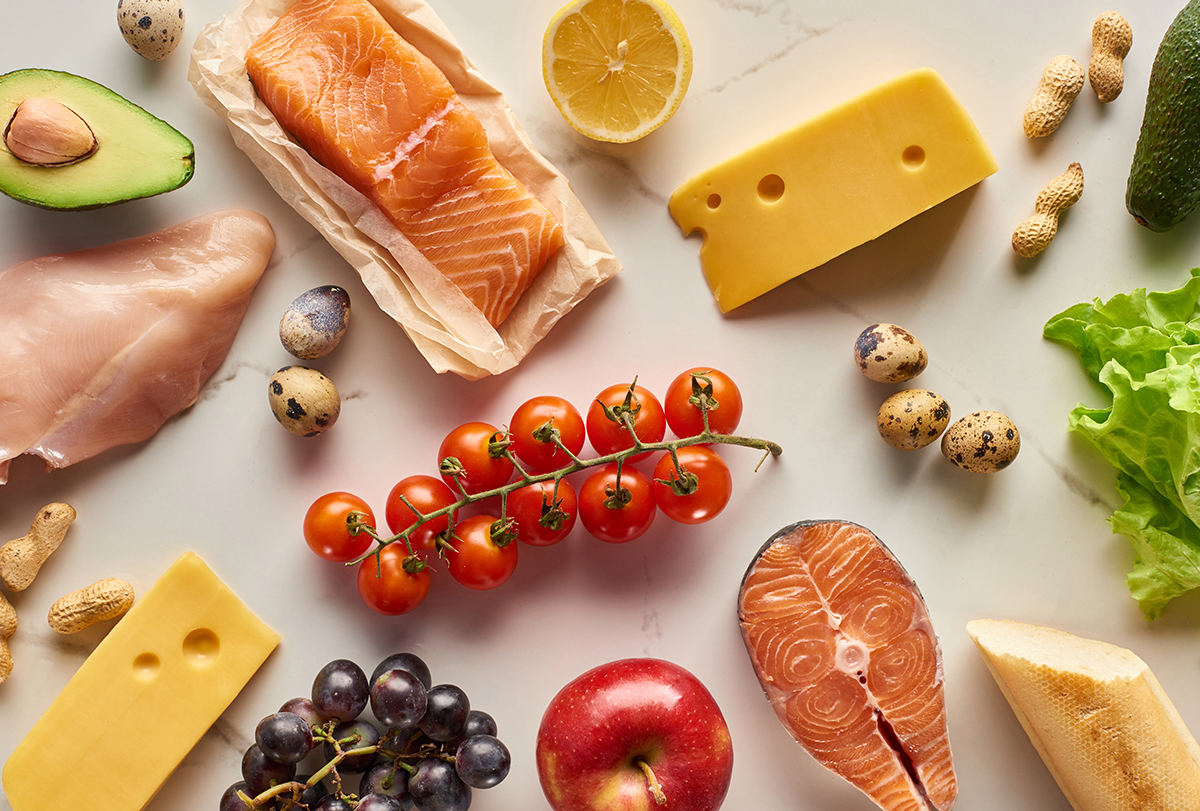
Most pain, such as headaches and pain in the pelvis, abdomen, neck, or chest, is due to inflammation that persists and changes in the body. An unhealthy diet, excessive weight, smoking, and stress can all increase the intensity of chronic pain. (1)
By and large, a diet rich in fruits and vegetables, proteins, lean meats, and whole grains can improve and ease the symptoms of chronic pain. Consuming added sugars, refined cereal products, and processed meat and low intake of fresh fruits and vegetables can lead to an increase in inflammatory substances in the body that can worsen pain. (1)
Top Foods That Improve Chronic Pain
Certain foods can help lower inflammation and relieve the symptoms of chronic pain. Consumption of these foods in addition to a healthy diet can therefore ease the burden caused by chronic pain.
1. Grapefruit
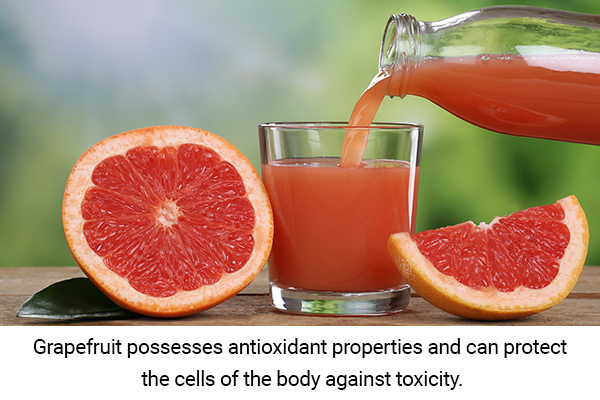
Since inflammation is the root cause of most chronic pain, polyphenol-rich grapefruit can have some beneficial pain-relieving effects. Grapefruit possesses antioxidant properties and can protect the cells of the body against toxicity. (2)
Grapefruit’s unique polyphenol naringin has a lot of antioxidant and anti-inflammatory potential. (2)
In animal studies, grapefruit has been shown to enhance the activity and anti-inflammatory effect of painkillers. It can help in pain management by reducing the need for higher doses of painkillers. (3)
Note: Some risk is associated with excessive consumption of grapefruit juice, as it can interact with medications. Grapefruit juice can increase the amount of drugs (from medication) in the bloodstream, increasing the risk of liver or kidney damage. (4)
2. Tomato
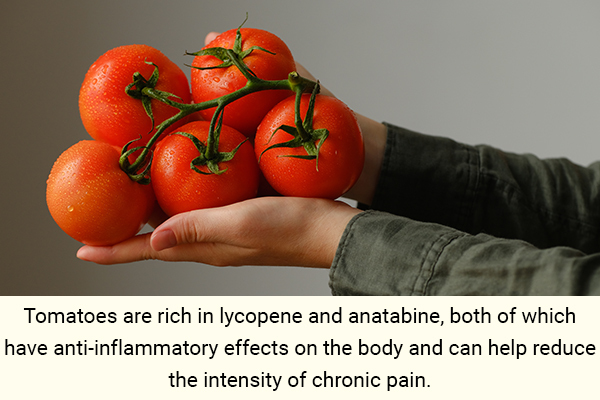
Tomatoes are rich in lycopene and anatabine, both of which have anti-inflammatory effects on the body and can help reduce the intensity of chronic pain. (5)
Anatabine has been shown to provide relief against musculoskeletal pain, stiffness, and aches in various places in the body. Supplements of anatabine are available that can be consumed after consulting a doctor. (5)
3. Carrot

Carrots have many health benefits due to their rich nutritional profile. The beta-carotene, ascorbic acid, lutein, and other phenolic compounds in carrots have anti-inflammatory properties that can help in reducing pain. (6)
In Lebanon, carrots are used to treat gastric ulcers, muscle pain, and cancer. (6) Including carrots as part of a healthy diet can be beneficial in the management of chronic pain.
4. Chili peppers
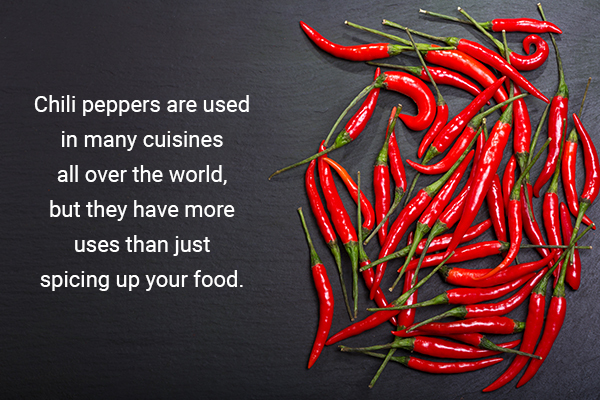
Chili peppers are used in many cuisines all over the world, but they have more uses than just spicing up your food. Rich in capsaicin and carotenoid, chili peppers can help in relieving pain and inflammation.
Capsaicin causes a burning sensation and desensitizes the nerves. They are widely used in creams and lotions to numb pain. (7) Additionally, carotenoids extracted from dried chili peppers have shown anti-inflammatory, analgesic, and pain-killing activities. (8)
5. Grapes

Experts believe grapes can exert pain-relieving effects much like morphine. In animal studies, grape seed extract produced analgesic effects and reduced the feeling of pain at the site of induced injury. (9)
In one study, using whole grapes with peel and seeds was also helpful in wound healing, which can reduce pain at the site of the wound. (10)
6. Ginger
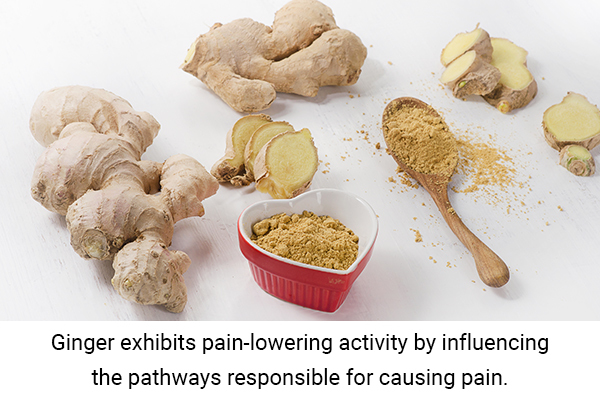
Ginger exhibits pain-lowering activity by influencing the pathways responsible for causing pain. It also has antioxidant activity that inhibits inflammatory substances in the body. (11)
In several studies, ginger has been found to be useful for painful menstruation, muscle soreness post exercise, arthritis, chronic lower back pain, and migraine. These results were observed in both topical and oral use. (11)
7. Eggs
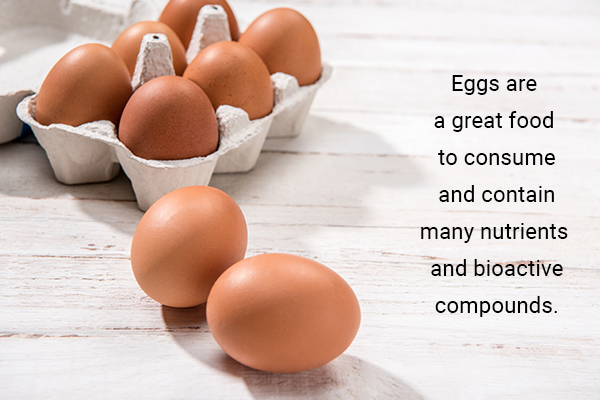
Eggs are a great food to consume and contain many nutrients and bioactive compounds. They can also be useful in reducing the intensity of chronic pain. Many of eggs’ bioactive compounds have anti-inflammatory functions. (12)
Persian traditional medicine has been using oil extracted from egg yolk as a natural painkiller. Studies done on oils extracted from egg yolk showed them to have potent anti-inflammatory actions and were effective analgesics. (13)
8. Yogurt

Probiotic foods such as yogurt have plenty of benefits for human health. Some of their main uses are to improve the diversity of gut microorganisms, ease the symptoms of constipation, and bring about relief from abdominal pain due to difficult defecation.
Studies have reported supplementation with yogurt in people suffering from constipation improves abdominal and defecation pain. (1)
9. Fatty fish
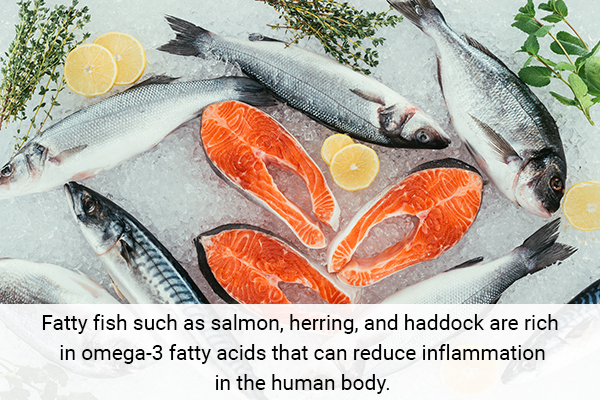
Fatty fish such as salmon, herring, and haddock are rich in omega-3 fatty acids that can reduce inflammation in the human body.
Studies have reported that supplementation with fish oil was effective in reducing pain caused by osteoarthritis. (14)
10. Devil’s claw
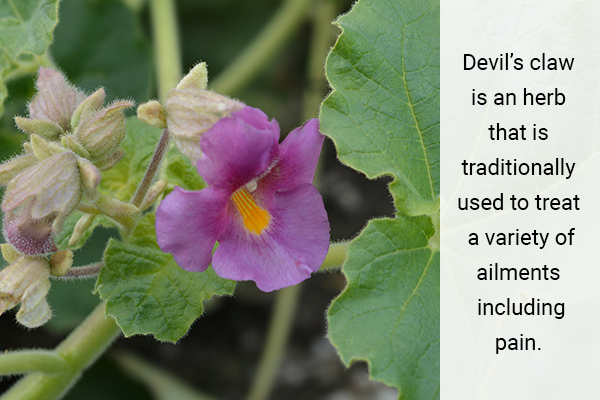
Devil’s claw is an herb that is traditionally used to treat a variety of ailments including pain. (15) Its many bioactive compounds are effective in reducing inflammation and providing antioxidant effects.
Several studies done on its pain-relieving property have shown devil’s claw to be effective in treating postoperative pain, chronic nerve pain, and arthritic pain. (16) While the ideal dosages of devil’s claw are still being studied, its dried roots can be made into a tea or tonic to relieve most chronic pains.
Most-Asked Questions About Chronic Pain
Are chocolate- or cocoa-rich foods bad for pain?
Cocoa is reported to have medicinal properties. Containing a wide range of phytochemicals, including polyphenols, it has anti-inflammatory and antioxidant abilities and may benefit pain. (17)
But remember to choose dark chocolate as the added sugar in other types of chocolate or cocoa products may worsen the pain.
Does pain go away on its own?
Chronic pain is long term and usually does not go away without intervention. This can be in the form of lifestyle or dietary modifications or the use of medications. Consult your doctor for the best approach to chronic pain.
Can chronic pain decrease life expectancy?
If left undiagnosed and untreated, chronic pain can lead to early mortality.
Final Word
Chronic pain is a debilitating condition that can interfere with many day-to-day activities. It prevents you from participating in social events and can affect your mental health severely.
Making changes to your diet to include more fruits and vegetables, nuts, and good fat is necessary to reduce inflammation, which is the primary cause of pain. In addition, consuming foods that are specifically recommended for their pain-relieving benefits can go a long way in improving your quality of life.
- Was this article helpful?
- YES, THANKS!NOT REALLY


